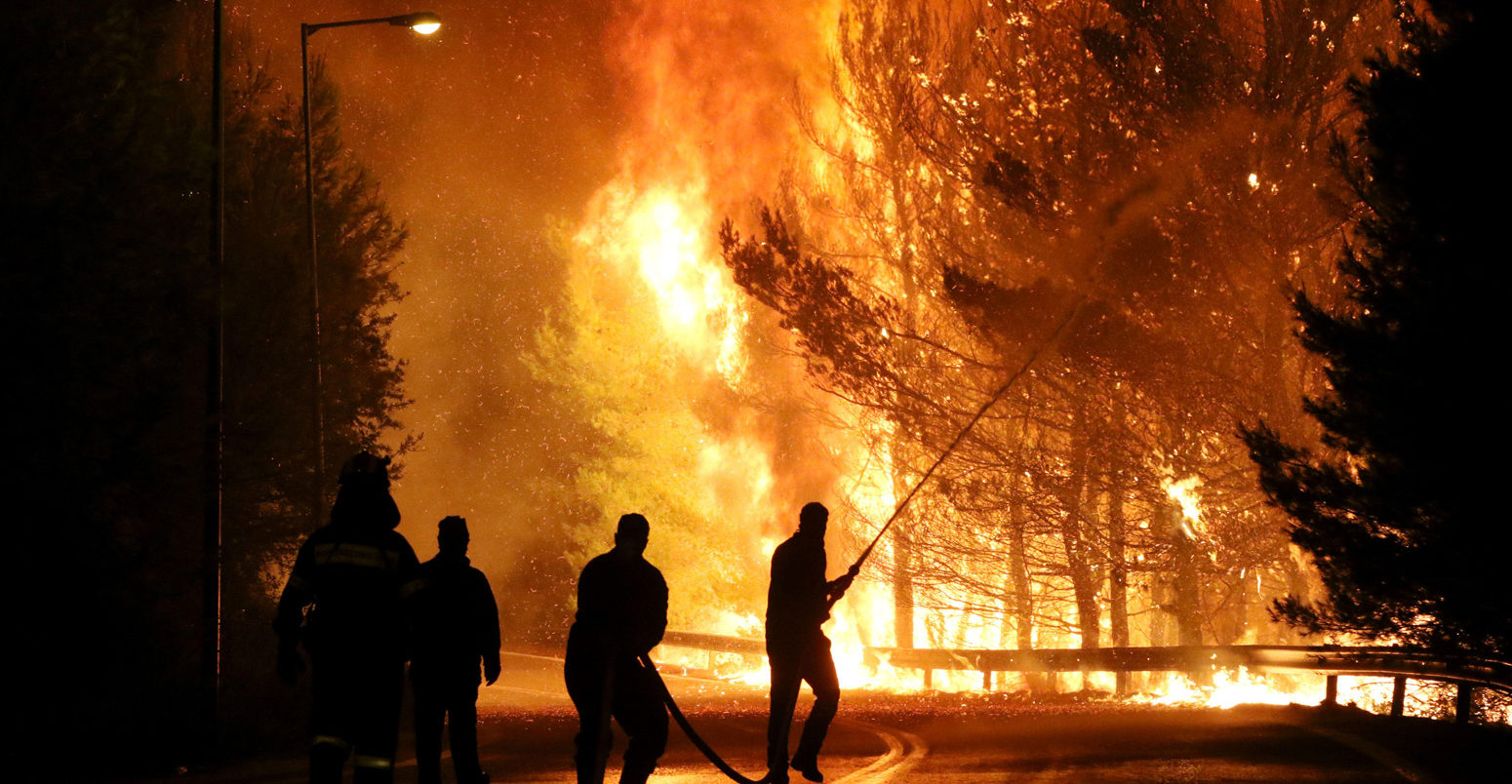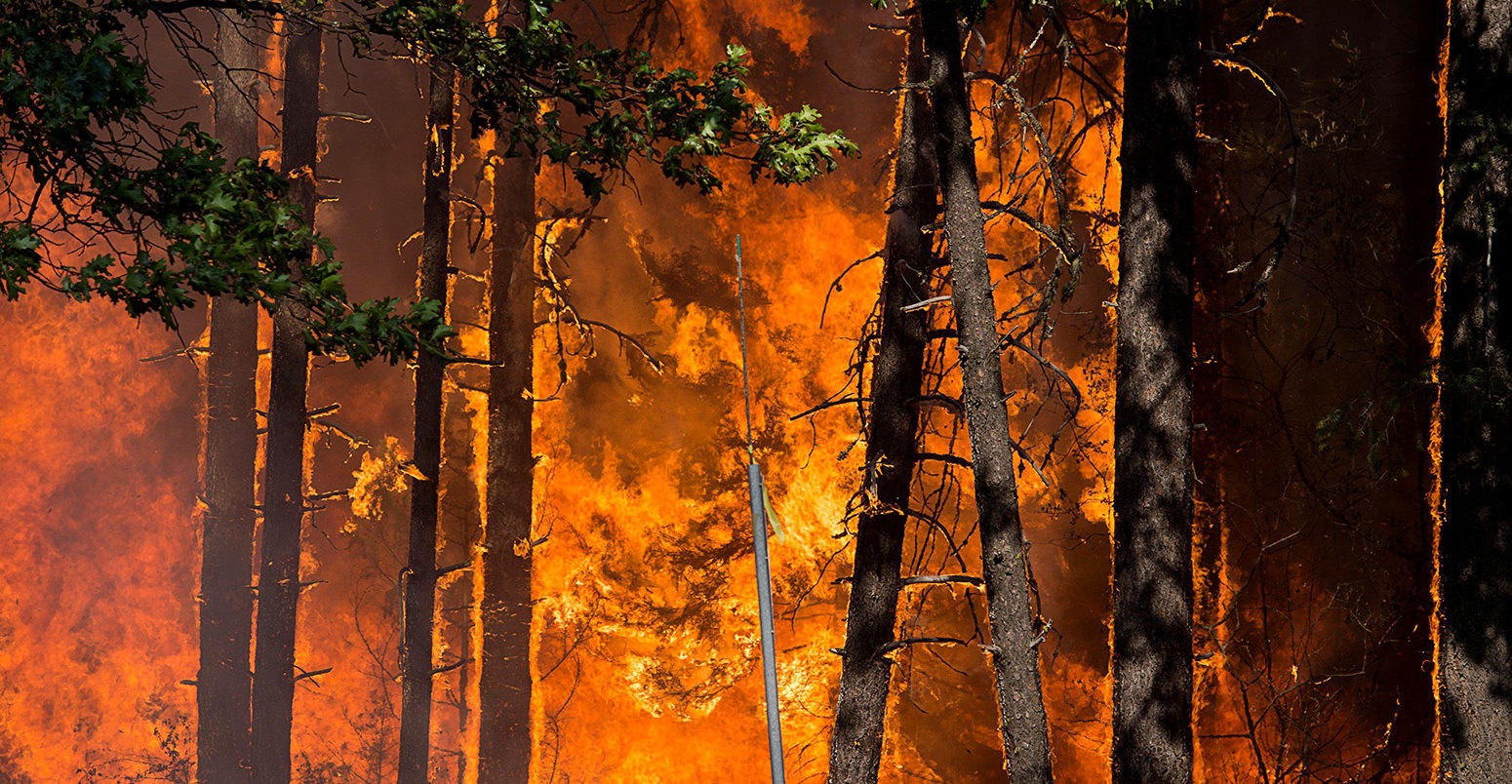In recent years, the world has increasingly felt the scorching impact of wildfires, marking a troubling trend of heightened frequency and intensity. From Greece to Chile, Canada to Hawaii, devastating blazes have become distressingly common. A study published in Nature Ecology & Evolution confirms these fears, revealing that the most extreme wildfires have doubled in number and intensity over the past two decades.
Using advanced satellite sensors, researchers from the University of Tasmania analyzed 30 million fire events from 2003 to 2023, pinpointing the top 0.01% in terms of energy release. They found a significant uptick in extreme wildfires since 2017, with recent years witnessing unprecedented levels of fire intensity.
These findings corroborate broader evidence showing an overall increase in forest area burned annually, exacerbating global carbon emissions.
Particularly affected are boreal and temperate conifer forests, where extreme fires have surged in tandem with higher severity and burned area percentages. Eastern Siberia, as well as the western US and Canada, stand out as regions experiencing the sharpest deterioration. Meanwhile, changes in land use and climate patterns continue to compound the risk, turning formerly manageable fires into catastrophic events.

Recent Surge in Wildfire Frequency and Intensity Signals Growing Global Concern
Yet, the picture isn’t uniform across all regions. In some temperate areas, fire activity has remained relatively stable, but encroaching urbanization into fire-prone landscapes poses a new set of challenges. As communities expand into wild vegetation zones, the potential for human and economic loss escalates dramatically.
Addressing these escalating wildfire challenges demands urgent action on multiple fronts. Effective forest management, land use policies, and comprehensive climate strategies are crucial steps toward mitigating future disasters. Traditional firefighting approaches are increasingly inadequate against these extreme fires, underscoring the need for innovative solutions and global cooperation in safeguarding vulnerable ecosystems and communities.
While the proliferation of extreme wildfires paints a bleak picture, proactive measures offer hope for resilience and adaptation. By addressing the root causes driving these catastrophic blazes, humanity can better prepare for and mitigate the impact of future fire seasons, safeguarding both natural environments and human lives.









































